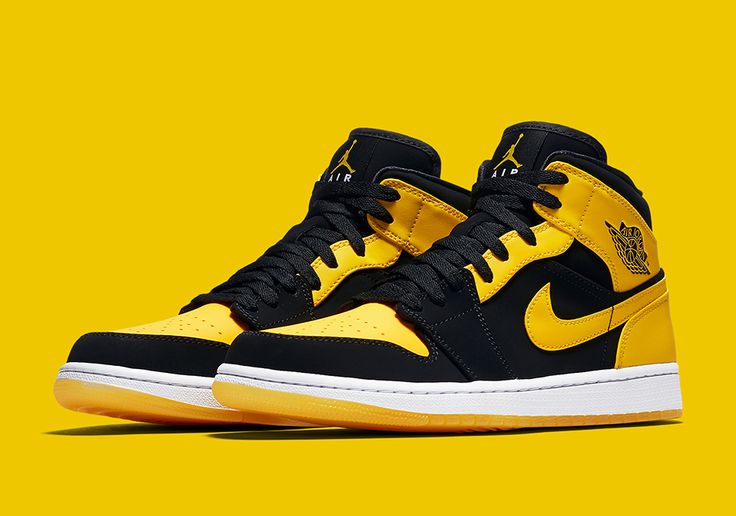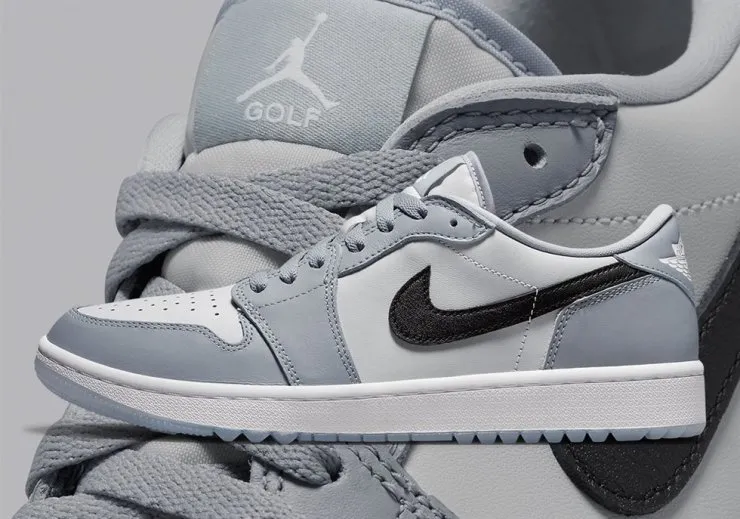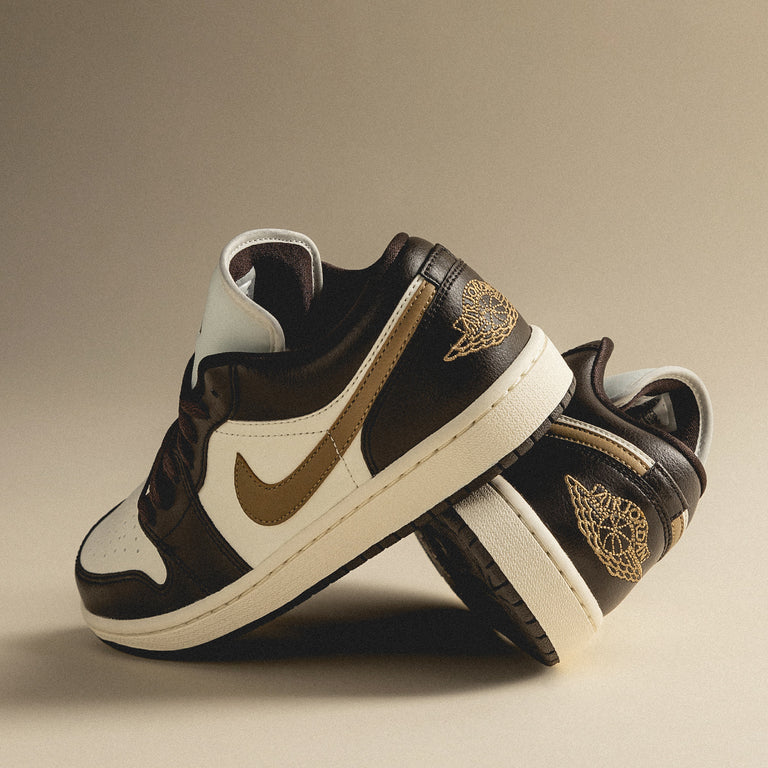Millenials Lost Fashion

Fashion is an ever-evolving realm, a carousel that spins through time, sometimes bringing back vintage styles and reviving forgotten trends. Millennials, often pegged as the generation of rapid technological advancement and cultural shifts, have proven to be masters of blending the old with the new in various aspects of life, including fashion. In recent years, there has been a remarkable resurgence of lost fashion trends among millennials, demonstrating a profound desire to reconnect with the past while infusing it with their contemporary flair.
The fashion landscape for millennials isn’t merely about chasing the latest trends showcased on glossy magazine covers or by high-end designers. Instead, this generation is embracing the art of sustainable fashion and seeking inspiration from yesteryears’ styles that exude timelessness and authenticity.
One noticeable trend that has made a striking comeback is the love affair with 90s fashion. The era of grunge, baggy jeans, crop tops, and chunky sneakers has been resurrected, embraced, and reimagined by millennials. They’ve seamlessly incorporated elements like high-waisted jeans, oversized blazers, and flannel shirts into their wardrobes, merging nostalgia with a modern twist.
Moreover, vintage shopping has become a favorite pastime for many millennials. Thrift stores and second-hand markets are no longer seen as mere places to find budget-friendly clothing but as treasure troves brimming with unique pieces that tell stories of bygone eras. Millennials are drawn to the authenticity and individuality of these garments, finding value in items that stand apart from the mass-produced clothing flooding the market.
The revival doesn’t stop at clothing; it extends to accessories and lifestyle choices. From the resurgence of scrunchies, fanny packs, and hoop earrings to the fascination with vinyl records and Polaroid cameras, millennials are ardently embracing the charm of the past, blending it harmoniously with their modern lives.
However, the revival of lost fashion trends isn’t solely about aesthetics. It reflects a shift in mindset—a conscious effort to veer away from the throwaway culture perpetuated by fast fashion. Millennials are championing sustainability, opting for quality over quantity, and embracing slow fashion principles. They understand the environmental impact of the fashion industry and are taking steps to reduce it by reusing and upcycling vintage clothing.
Social media has played a pivotal role in this resurgence. Platforms like Instagram and TikTok have become virtual runways where millennials showcase their eclectic fashion sense, inspiring others to explore and experiment with vintage styles. Influencers and content creators curate feeds that celebrate individuality and creativity, influencing a shift towards embracing personal style over fleeting trends.
The lost fashion trends reclaimed by millennials signify more than just a style statement; they represent a cultural movement. It’s a homage to the past, a celebration of diversity, and a rebellion against the homogenized fashion norms. This generation is redefining fashion by blending the old and new, infusing it with their unique perspectives, and creating a fashion landscape that’s inclusive, sustainable, and deeply rooted in self-expression.
Conclusion
Millennials’ fascination with lost fashion trends isn’t merely a fleeting craze but a conscious choice to embrace the beauty of the past while paving the way for a more sustainable and eclectic future. As they continue to weave the threads of history into their contemporary wardrobes, their influence on the fashion industry reverberates, reshaping the narrative of style and making a resounding statement about the power of nostalgia, individuality, and sustainability in the world of fashion.


